GAC Toyota collaborates deeply with HUAWEI, Xiaomi, and Momenta to launch bZ7 in China
 AshleySep 17, 2025, 03:33 PM
AshleySep 17, 2025, 03:33 PM
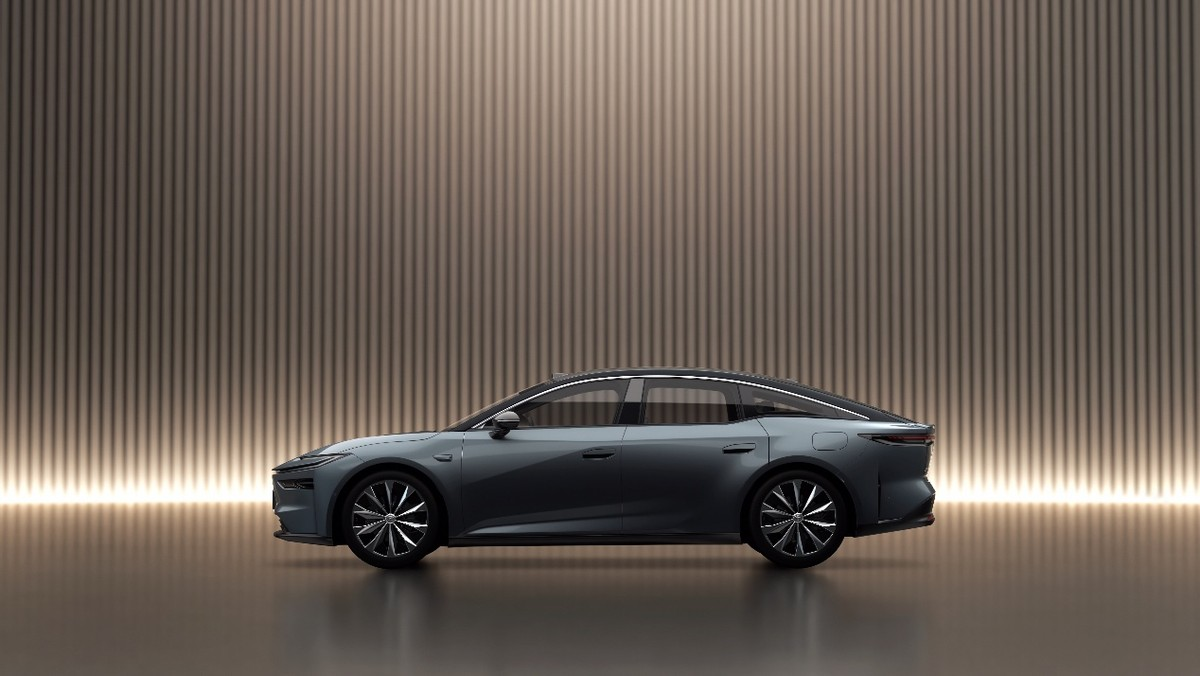
[PCauto] To further strengthen its position in China's electric vehicle market, GAC Toyota (the joint venture between GAC and Toyota) has entered into a deep collaboration with HUAWEI, Xiaomi, and Momenta. This partnership has culminated in the development of the bZ7, a pure electric vehicle that integrates technologies from all three companies.
Each partner contributes its distinct technical expertise: HUAWEI provides the HarmonyOS intelligent cockpit and electric drive system, Xiaomi enables its 'Human-Vehicle-Home' ecosystem for seamless connectivity with smart devices, and Momenta delivers the advanced intelligent driving assistance system. This convergence of leading technologies naturally sparks great curiosity about the capabilities and experience of the bZ7.
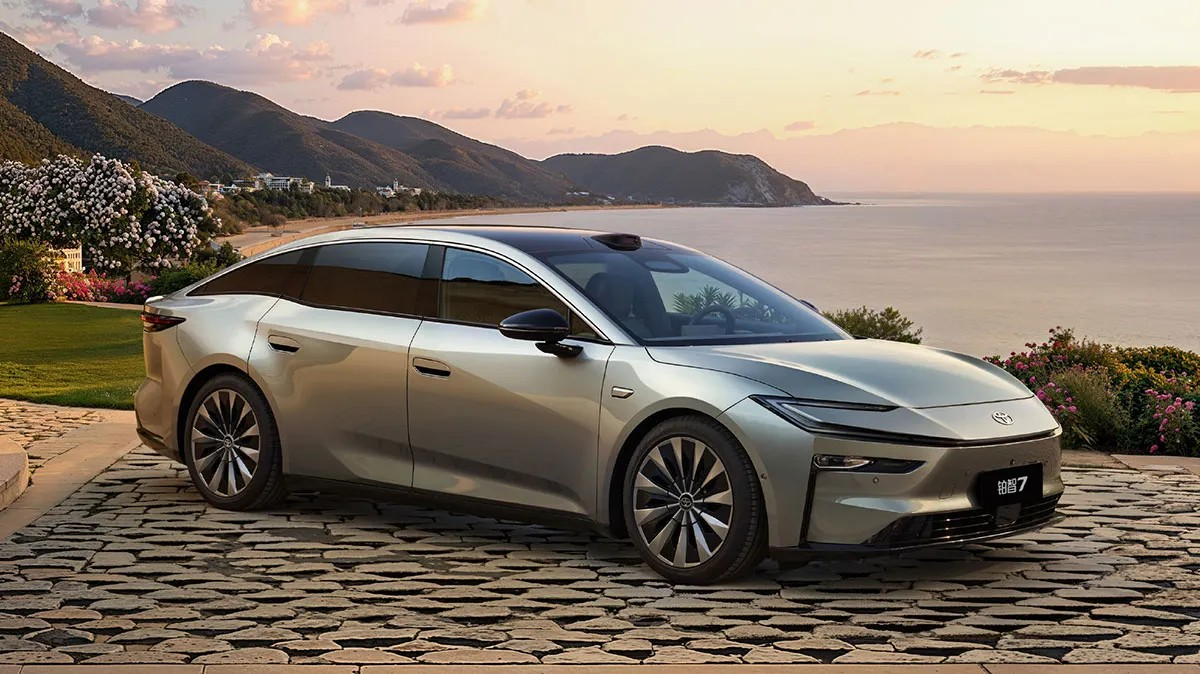
bZ7 boasts a body length of 5.1 meters
As the flagship model of Toyota's bZ series, the bZ7, with its body length exceeding 5.1 meters and a wheelbase of 3.02 meters, is positioned directly for the high-end pure electric sedan market.
The bZ7 continues the design philosophy of the bZ family, while incorporating more localized elements. Its fastback coupe styling combined with a C-shaped running light strip creates a strong visual impact.
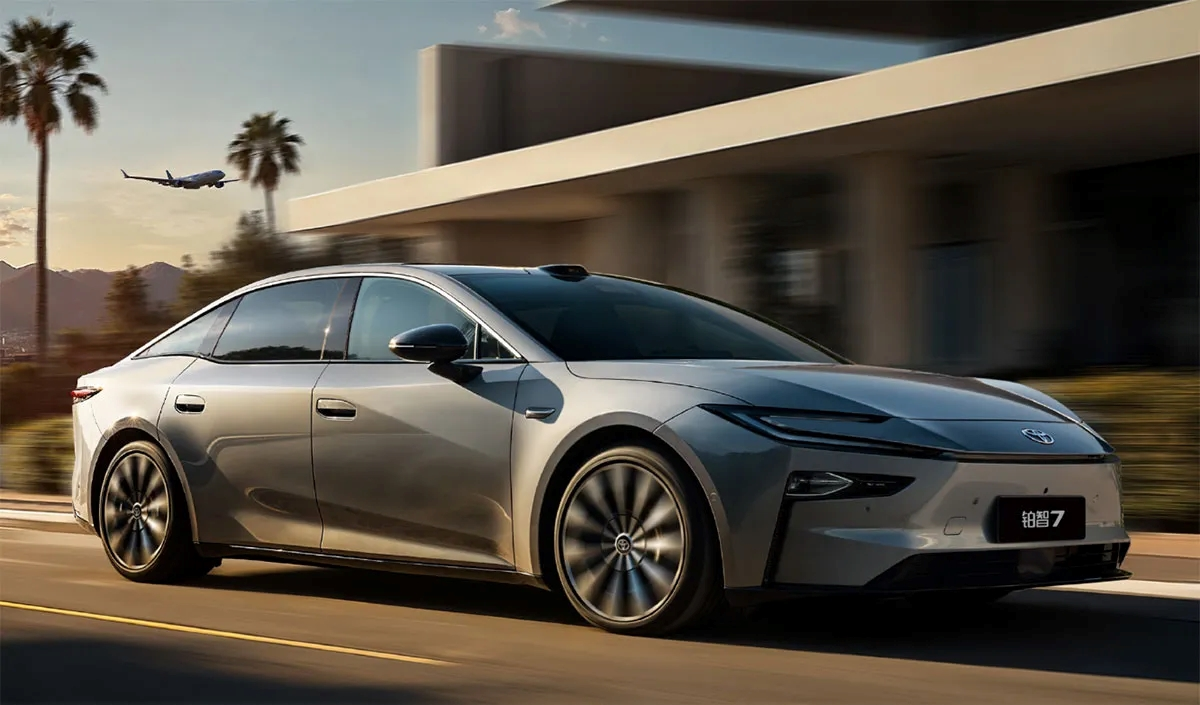
The application of frameless doors and hidden door handles not only enhances the technological sense of the entire vehicle but also reduces the drag coefficient to 0.22-0.23Cd, a figure even better than Tesla Model S's 0.28Cd.
The interior design of bZ7 focuses more on creating a sense of luxury
In terms of interior design, the bZ7 balances technological sense with luxury quality and practicality.
White perforated leather seats paired with wood grain trim, 32-color ambient lighting, and a panoramic sunroof create a comfortable driving and riding environment.
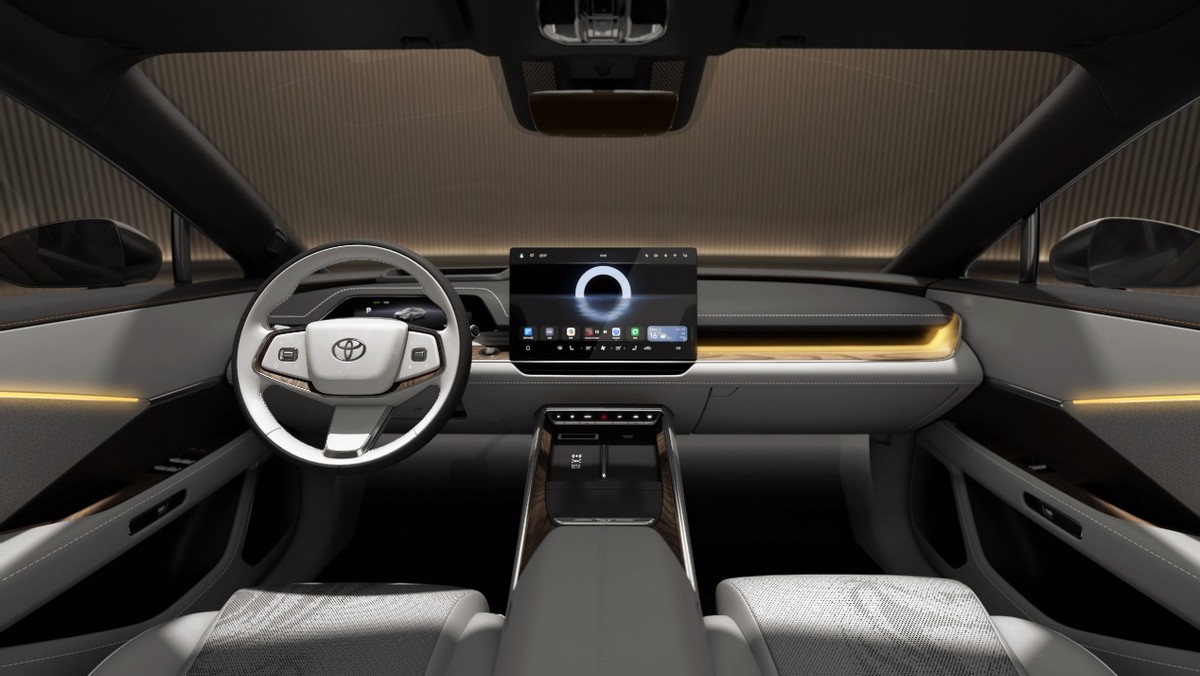
The rear legroom reaches 980-1020mm, 125mm more than the Camry, a measurement that even exceeds some D-segment luxury sedans.
It is worth mentioning that Toyota, while emphasizing technology, still retains necessary physical buttons. This design not only considers operational convenience but also reflects Toyota's consistent pragmatic philosophy.
bZ7's powertrain specifications
In terms of powertrain, the bZ7 offers two versions: single-motor rear-wheel drive and dual-motor all-wheel drive. The single-motor version has a maximum power of 207kW (approximately 281 horsepower), while the dual-motor version delivers a combined power of 400kW.
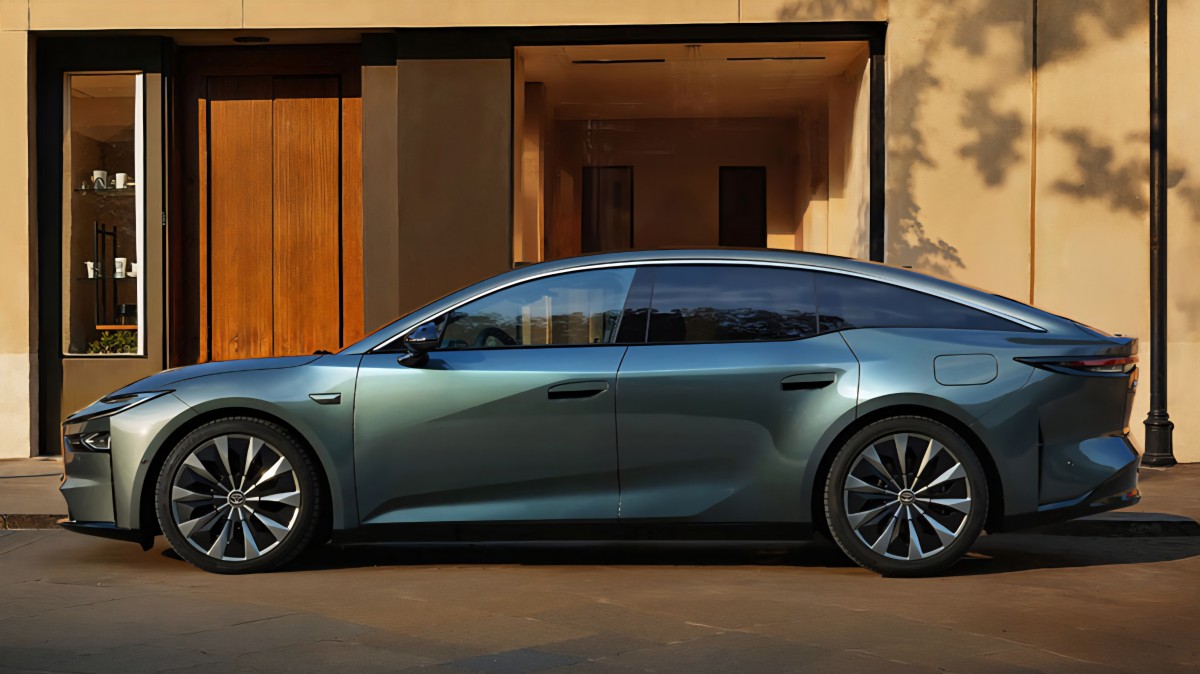
The battery is equipped with lithium iron phosphate cells, with capacities of 85kWh and 90kWh, and a maximum CLTC range of 800 kilometers.
Particularly noteworthy is its fast-charging capability, supporting 240kW super-fast charging, which can add 400 kilometers of range in just 10 minutes. This figure has already reached an industry-leading level.

HUAWEI's Smart Cockpit System in the Toyota bZ7
As a key technical partner, HUAWEI supplies the HarmonyOS smart cockpit system for the bZ7, making it the first Toyota model to feature HUAWEI's infotainment technology.
This system includes a 15.6-inch floating central display and a 12.3-inch embedded digital instrument cluster. It supports multi-screen collaboration and seamless cross-device connectivity, enhancing the in-car user experience.

This deep collaboration model is different from a simple supplier relationship; it is a result of joint development by both engineering teams.
Xiaomi Provides Vehicle and Smart Home Device Connectivity for bZ7
The collaboration with Xiaomi showcases bZ7's innovation in ecosystem connectivity.
By integrating with Xiaomi's "human-vehicle-home" full ecosystem, the bZ7 achieves seamless interaction between the vehicle and smart home devices.
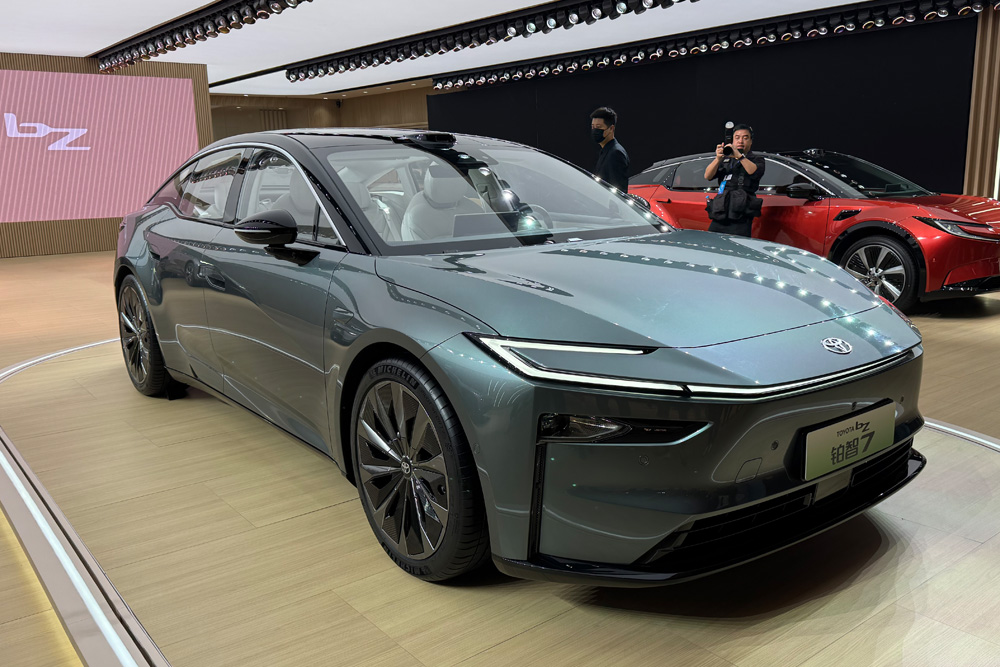
Car owners can control Xiaomi smart devices at home from within the car and can also remotely monitor vehicle status through Xiaomi smartphones and other terminals.
This cross-domain ecosystem integration allows bZ7 to go beyond the traditional definition of a transportation tool, becoming an important gateway to intelligent living scenarios.
Particularly worth mentioning is the integration of a wireless charging module in the armrest box that supports both Xiaomi and Huawei dual protocols, with a maximum power of 15W.
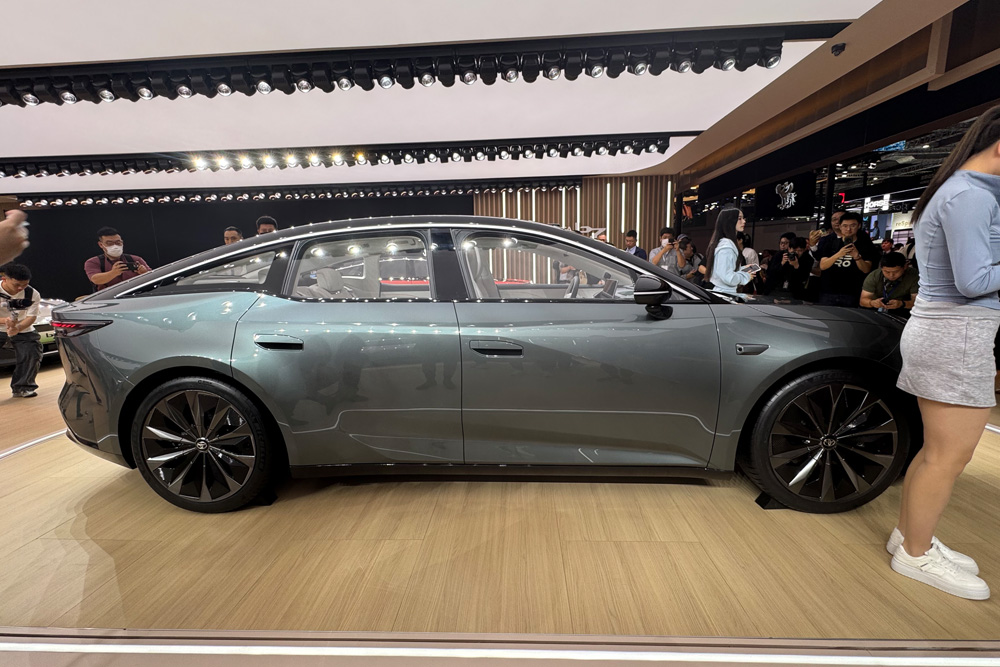
Momenta as bZ7's Autonomous Driving Technology Partner
Based on a deep understanding of China's complex traffic scenarios, Momenta's system is specially optimized for performance in uniquely Chinese road environments, including scenarios like sudden appearances of non-motorized vehicles and complex intersections.
Its deep learning algorithms, trained on millions of kilometers of real-road data, enable better comprehension of drivers' behavioral habits.

Unlike the previous model of fully independent development, the bZ7 adopts a new approach of "platform self-research + key technology collaboration".
Toyota retains independent development of core technologies such as the vehicle platform and the three-electric system, while choosing to cooperate with top technology companies in emerging fields such as intelligent cockpits and autonomous driving.
This model not only leverages Toyota's traditional advantages in automobile manufacturing but also quickly compensates for its shortcomings in software and intelligence through collaboration.
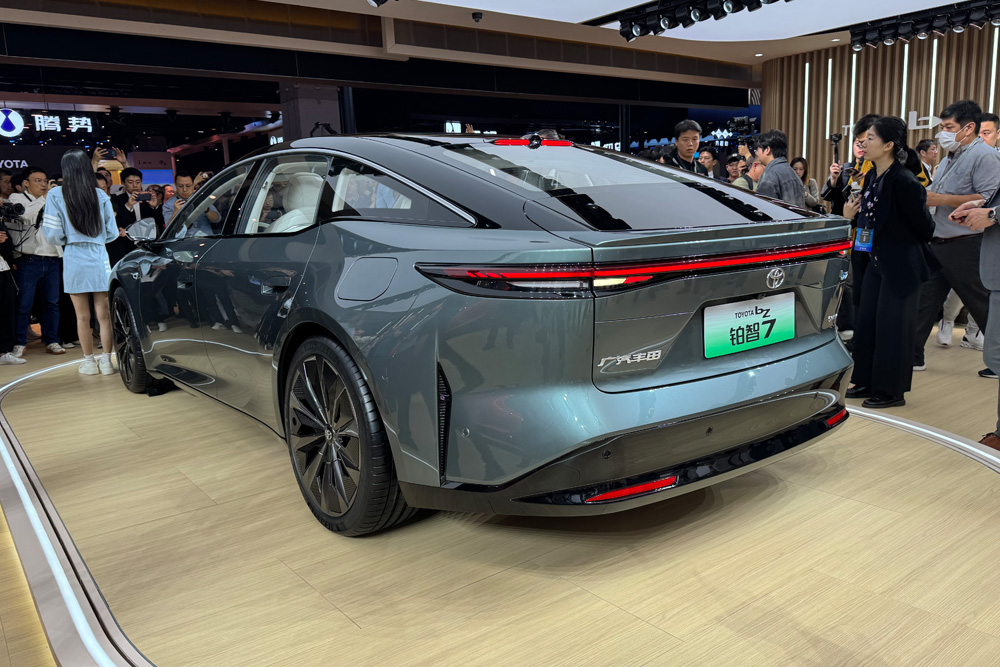
In preliminary research, more than 70% of potential consumers indicated that the technological support from HUAWEI and Xiaomi increased their interest in the bZ7. Particularly among the main consumer group aged 25-35, the appeal of tech brands complements the reliability of traditional automotive brands effectively.
This cooperation model reflects Toyota's special attention to the Chinese market
As the world's largest electric vehicle market, the unique demands of the Chinese market prompted Toyota to adopt a more open collaboration strategy.
By collaborating with China's top tech companies, the bZ7 not only gains technological advantages but also enhances its localized features, which is of significant importance for its competitiveness in the Chinese market.
If any infringement occurs, please contact us for deletion
Trending News

2026 Malaysia EV Road Tax Policy Analysis: Costs and Opportunities After the End of Exemptions
As December 31, 2025, approaches, electric vehicle owners in Malaysia will face a significant policy turning point — the four-year electric vehicle road tax exemption policy is coming to an end. Starting from January 1, 2026, all electric vehicles will be subject to an annual road tax based on a new power-based tiered tax system. This change marks a transition for Malaysia's electric vehicle market from a policy-driven phase to a new stage of market-oriented development, bringing new considerations for both consumers and the industry.

The fifth-generation Geely Emgrand car photos released, with upgrades in body size and power system
As a family sedan with cumulative sales exceeding 4 million units in China, the new generation Emgrand will further consolidate Emgrand's competitive position in the sedan market through stronger product capabilities.

BYD Sealion 7 is not only cheaper than Tesla Model Y, what other differences do they have?
Is it better to buy the BYD Sealion 7 or the Tesla Model Y? This really makes one a bit hesitant, but before you make a decision, I recommend you take a good look at this article.

Toyota Land Cruiser FJ did not disappoint, the most anticipated civilian off-road vehicle is back.
Since its birth in 1951 under the name Toyota BJ, the Land Cruiser series has accumulated sales of approximately 12.15 million units in over 190 countries and regions worldwide, becoming a global off-road icon spanning more than 70 years.

The all-new Proton X50 has sold over 6,000 units in a month and a half since its launch, becoming the champion in its segment.
Market data shows that the Proton X50 achieved a delivery volume of 999 units within the first five working days after its launch, and by the end of July, its production scale reached 2,000 units.
Popular Cars
Car Compare
Model Year
car model

